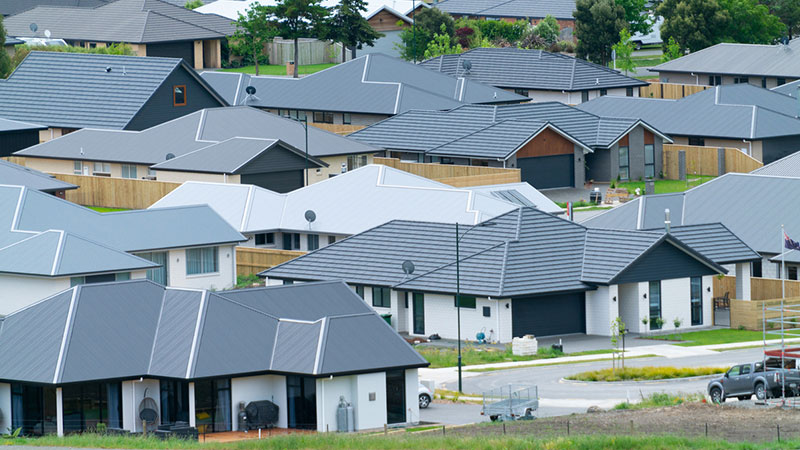The number of Australians who couldn’t pay their mortgage or rent on time increased between April and May this year, with the level of housing stress substantially higher for renters than mortgage holders, new data shows.
Findings described in a report from the Australian National University paint a “disturbing picture” for renters and young adults when it comes to housing stress.
The data shows that between April and May this year, the proportion of Australians reporting that they had not been able to pay their mortgage or rent on time increased from 6.9 per cent in April to 15.1 per cent in May.
As a rule general guide, households that are spending 30 per cent or more of its income on housing costs is considered under housing stress, and under “extreme” housing stress if spending is more than 50 per cent.
Related: Home Loans Post Biggest Fall Since 2015

Report co-author professor Matthew Gray said the findings show the level of housing stress is substantially higher for renters than mortgage holders.
“What’s also worrying is that young adults are experiencing very high rates of housing stress, with 44 per cent of people aged 18 to 24 years unable to pay their rent on time,” Gray said.
Housing stress levels are much higher in the lower-income group than the higher income group for renters, with the report showing the rate of tenants not being able to pay rent on time four times higher for the lowest income quintile than in the highest income quintile.
“Young Australians are still more likely to be in housing stress once income and socioeconomic status is controlled for, suggesting that there is more to housing stress than just income for this group,” Gray said.
“This is because their accumulated savings and wealth are likely to be low.”
Housing stress triples for young people
The study, funded by the Australian Institute of Health and Welfare, forms part of the ANU Centre for Social Research and Methods Covid-19 monitoring program.
It shows the number of Australians aged 18 to 24 who experienced higher levels of housing stress increased threefold between April and May—from 10.3 per cent to 27.5 per cent.
“We also found an almost threefold increase in housing stress for Australians aged 35 to 44 over the same period, with the proportion rising from 5.9 per cent to 19.1 per cent,” study co-author professor Nicholas Biddle said.
“Clearly the Covid-19 pandemic has put lots of young Australians under incredible stress, and this is while they are also likely dealing with other major stresses in their lives like potential loss of income.”
Australia’s economy entered its first recession in 29 years, with the impacts of Covid-19 restrictions hitting Australia’s economy, resulting in falls in employment, hours worked, average household incomes and a fall in GDP.
Gray said the policies introduced by governments and banks are helping, with 22.2 per cent of mortgage holders successfully applying to reduce or freeze their mortgage payments, but that this amounted to only slightly more than one-in-ten renters being able to reduce or freeze their payments.
A large majority of those who have attempted to re-negotiate or freeze mortgage or rental payments have been successful, with 16.1 per cent of mortgage holders reducing their mortgage payment and 8 per cent having their payments frozen for a period of time.
Lower rent was negotiated by 10.5 per cent of renters, while
2 per cent obtained a rental freeze.
Data from the Australian Banking Association shows the number of mortgages that had been deferred was 429,000 with a value of $153.5 billion, as of mid-May.
By 12 June, this figure had grown to 457,660 mortgages having been deferred, with a total value of $165 billion.
Related: How Will Unemployment Affect The Housing Market?















